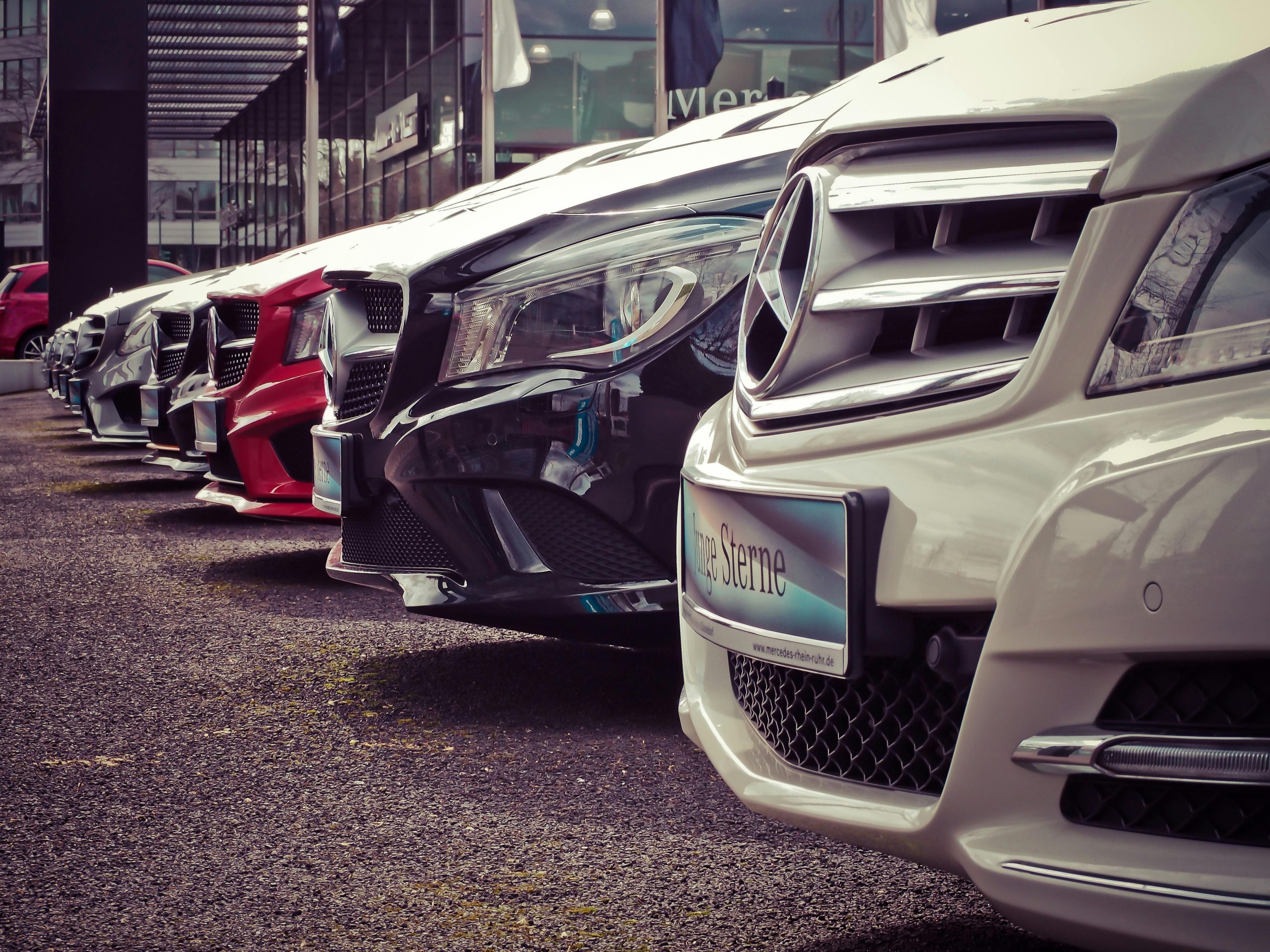Automobiles have long been a symbol of freedom and mobility, but not all cars are welcome everywhere. Certain states in the U.S. have strict regulations regarding emissions, safety, and design, leading to bans or restrictions on specific models.
Whether due to environmental concerns, safety violations, or excessive modifications, here are ten cars that were banned in certain states.
1. Nissan Skyline GT-R (R32, R33, R34) – California
The Nissan Skyline GT-R, one of the most iconic Japanese sports cars, was banned in several U.S. states, including California, due to emissions regulations and import restrictions.
The R32, R33, and R34 models, known for their high-performance specs, did not meet U.S. emissions standards, making it difficult for regulators to approve them for legal road use. As a result, these cars were essentially illegal to own in the U.S. for many years.
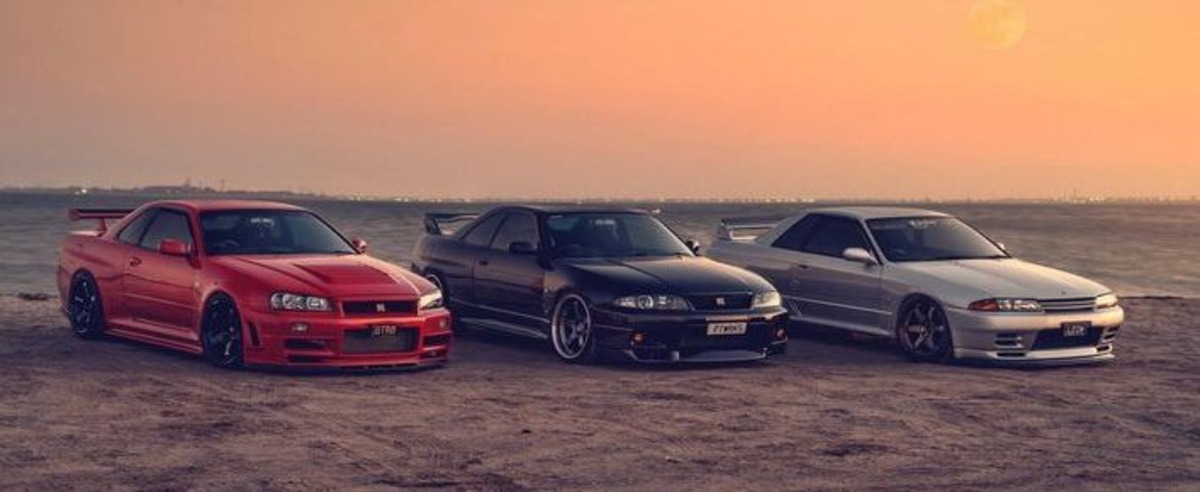
However, thanks to the 25-year import rule, which allows cars that are 25 years or older to be legally registered, enthusiasts can now import and drive these legendary machines in some states.
This rule has made the Skyline GT-R increasingly popular among collectors and performance car lovers, who can now experience the power and precision of these once-restricted cars legally on U.S. roads.
Also Read: 10 Biggest Maintenance Blunders Nissan Owners Should Avoid
2. Dodge Daytona & Plymouth Superbird – Multiple States
These aerodynamic muscle cars, famous for their massive rear wings and dominance in NASCAR, were banned in several states due to their extreme designs. States like West Virginia and Pennsylvania imposed restrictions on oversized rear spoilers, making these cars illegal for everyday road use.
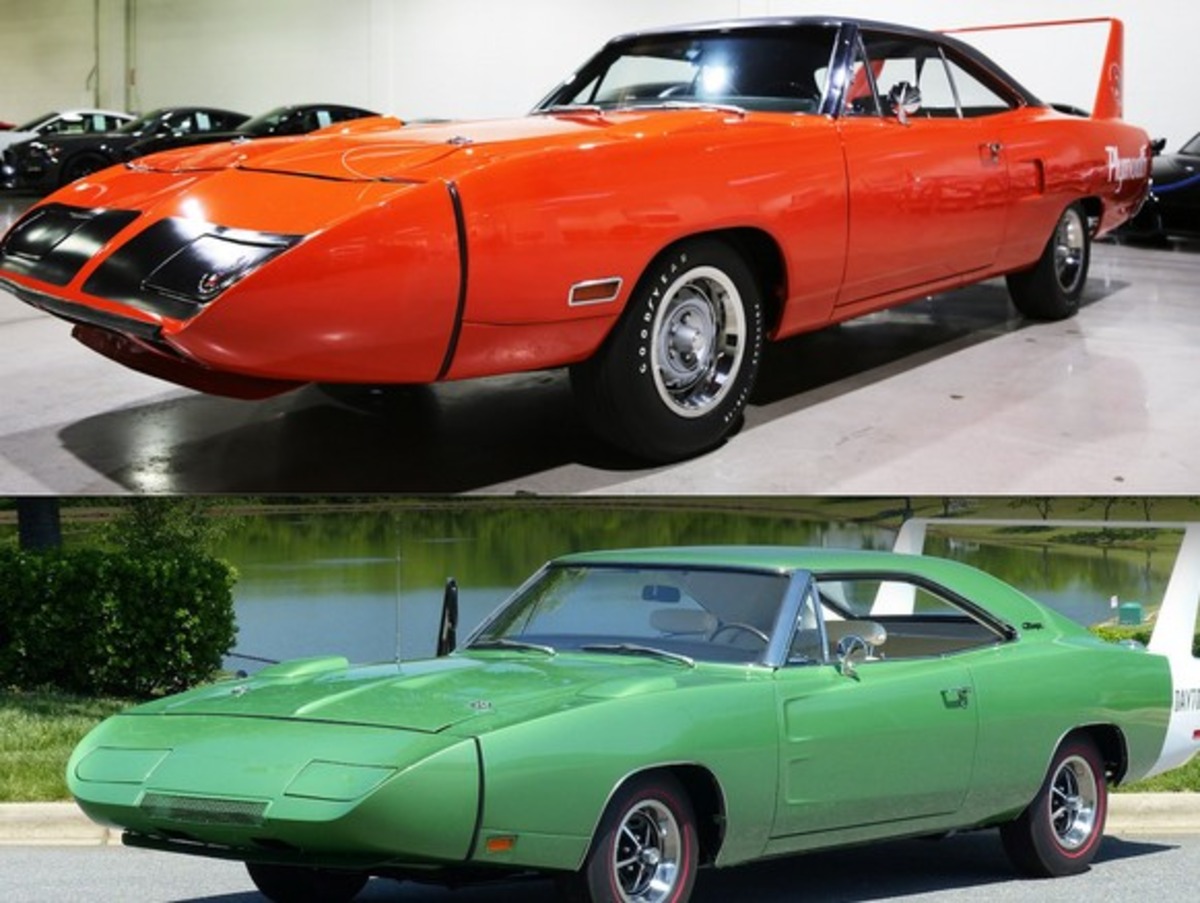
Despite their historical significance and success on the racetrack, they were often considered impractical and dangerous for regular driving, with their aggressive styling and performance features not suited for daily commuting.
The extreme designs, built for speed and aerodynamics, raised concerns about safety and road compatibility, leading to legal restrictions in some regions. While they remain iconic in the motorsport world, these cars’ unique features made them impractical for street use, which ultimately contributed to their ban in certain states.
3. Lamborghini Diablo VT 6.0 – California
The Lamborghini Diablo VT 6.0, despite its exotic appeal, was banned in California for failing to meet the state’s strict emissions standards. California’s CARB (California Air Resources Board) regulations are among the toughest in the country, and many high-performance supercars, including the Diablo, struggled to comply.
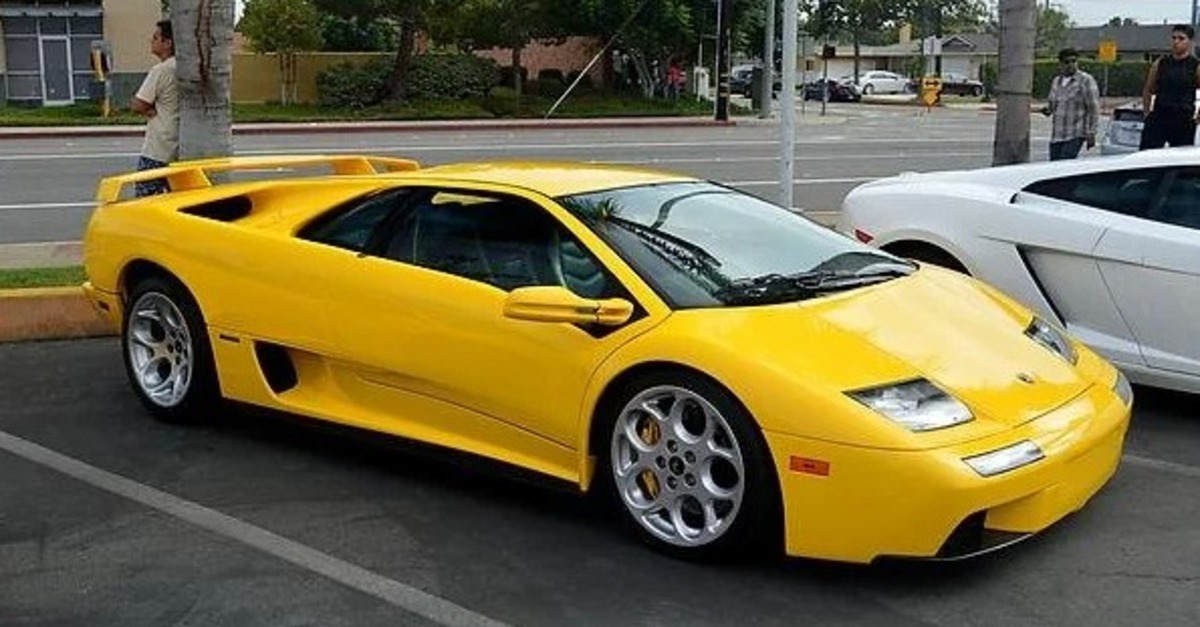
As a result, enthusiasts either modified their cars to meet the standards or chose not to register them in California altogether.
The Diablo’s powerful engine and performance-focused design made it challenging to meet the stringent emissions requirements, leading to its exclusion from the state. While this limited its presence in California, the Diablo remains a sought-after collector’s car, admired for its striking design and raw power.
4. BMW M3 (E30) – Certain States
While not outright banned, the BMW M3 E30 faced restrictions in several states due to emissions compliance issues. Some early models didn’t meet state-specific emissions requirements, creating challenges for owners trying to register them.
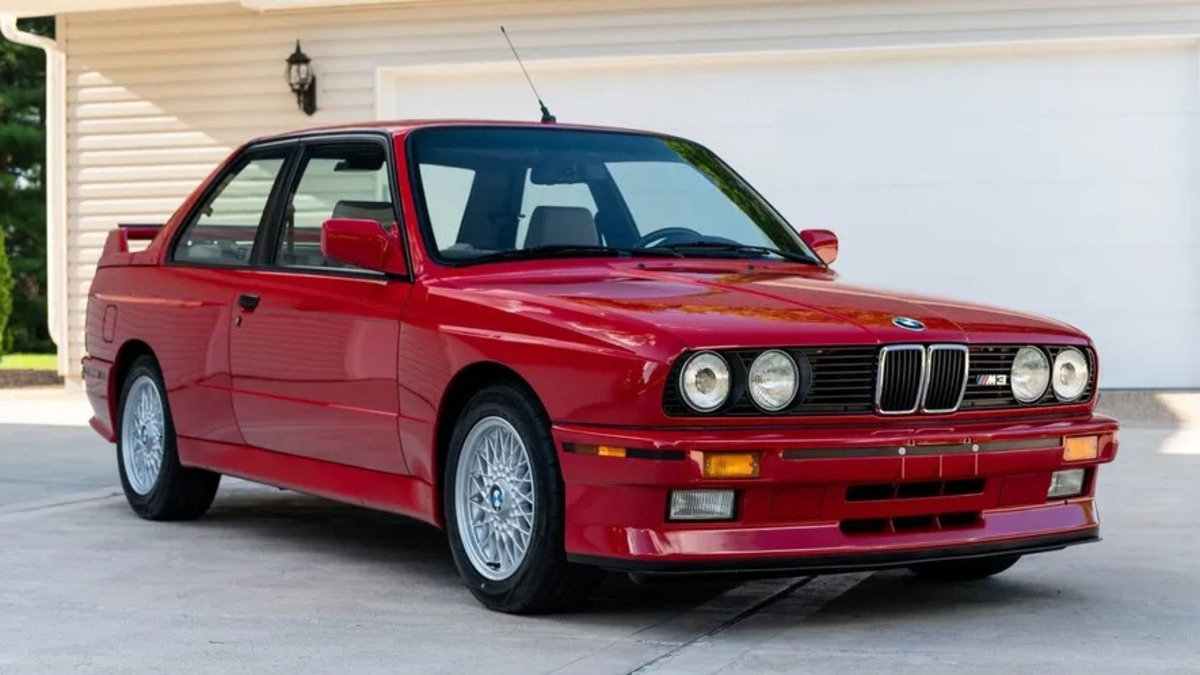
In California, known for its strict emissions testing, the E30 M3 often required modifications before it could legally be driven on the road.
These hurdles made it difficult for enthusiasts in certain states to own or enjoy the car without investing in upgrades to meet local regulations. Despite this, the M3 E30’s legendary performance and iconic status as the first M3 still made it highly desirable among collectors and fans.
5. Smart Fortwo (Early Models) – Pennsylvania
Surprisingly, some early models of the Smart Fortwo were banned in Pennsylvania due to safety concerns. The ultra-compact car was deemed too small to meet the state’s safety regulations, especially in crashworthiness tests.
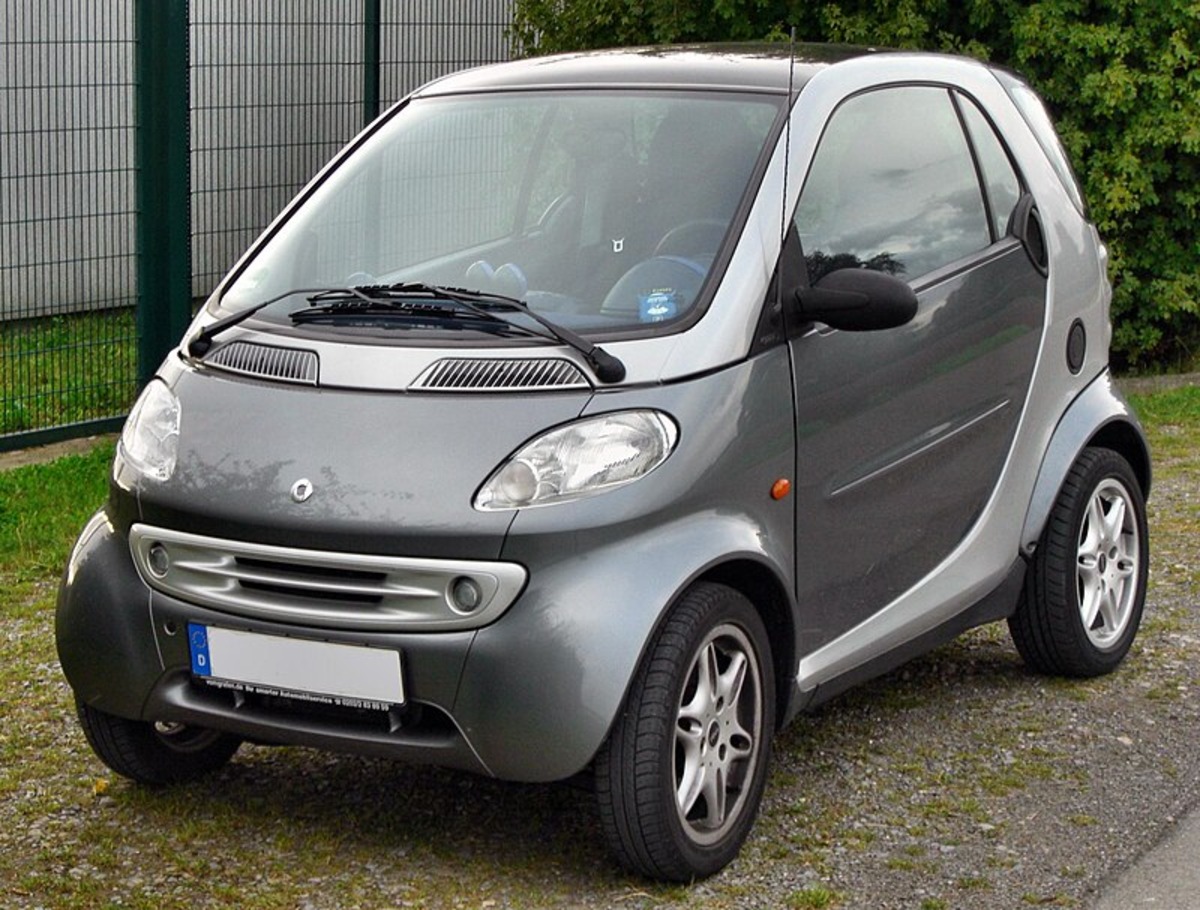
Its small size and design raised alarms about its ability to protect occupants in the event of a collision. However, later versions of the Smart Fortwo were redesigned with improved safety features, allowing them to meet stricter standards and become road-legal across all states.
Despite its initial setbacks, the Smart Fortwo eventually gained acceptance as a practical urban vehicle with enhanced safety, contributing to its popularity in many regions.
6. Tesla Model S (Performance Variant) – Some States Due to Direct Sales Ban
Although not banned due to emissions or safety issues, the Tesla Model S faced restrictions in states like Texas, Michigan, and Connecticut because of Tesla’s direct-to-consumer sales model. These states have laws requiring cars to be sold through franchised dealerships, which effectively banned the direct sales of Tesla vehicles.
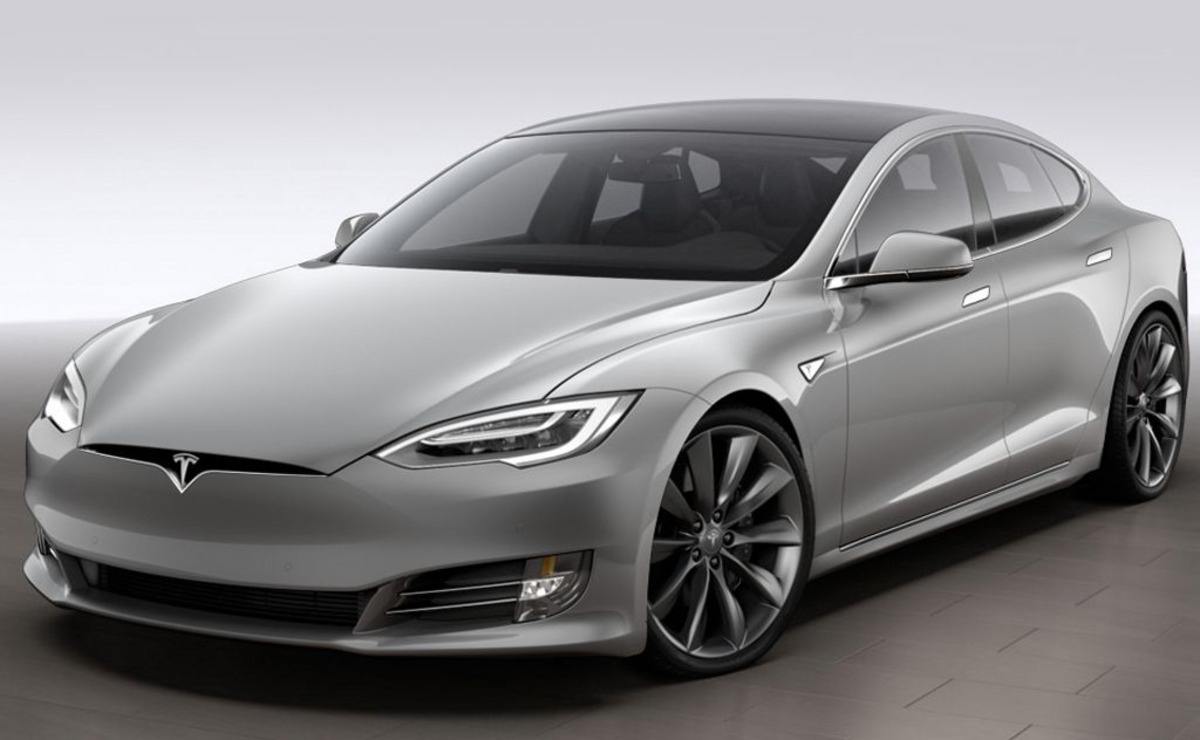
While this restriction was not specific to the Model S, it impacted Tesla’s ability to sell and operate in these states. As a result, potential buyers in these areas had to seek alternative methods, such as ordering the car online or traveling to states where direct sales were allowed.
Despite this challenge, Tesla’s presence continued to grow, with the company advocating for changes to dealership laws to expand its reach.
7. Volkswagen Diesel Models (Post-2015) – California & Other CARB States
After the infamous Volkswagen Dieselgate scandal, several states, including California, banned the sale of certain VW diesel models. Cars like the VW Jetta TDI, Golf TDI, and Passat TDI were prohibited due to emissions violations.
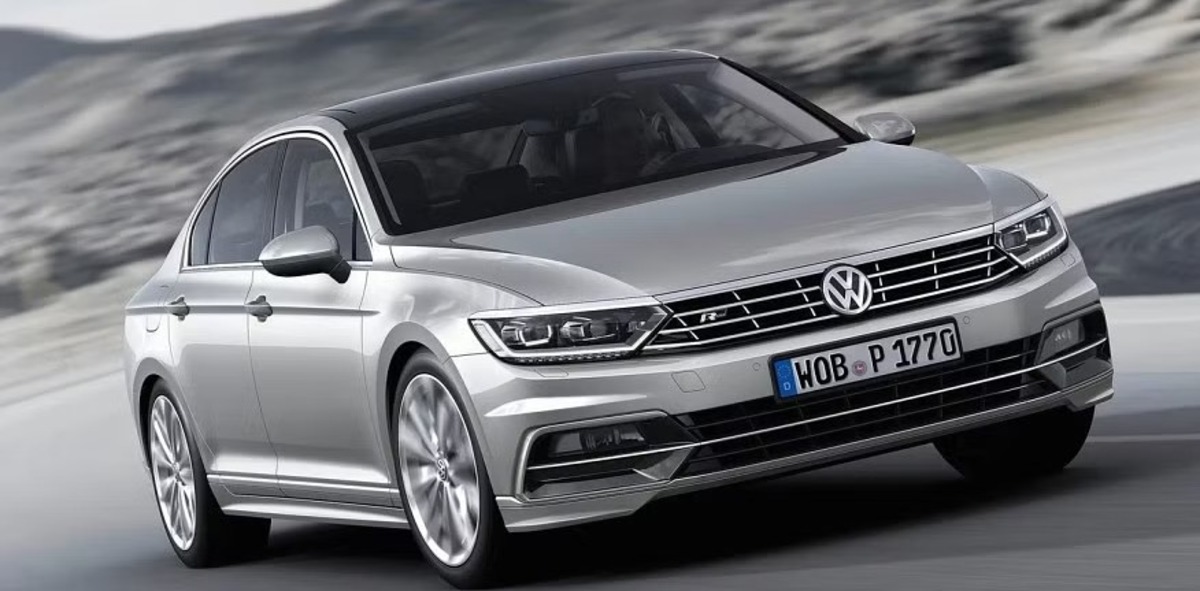
The scandal exposed that Volkswagen had programmed its diesel engines to cheat emissions tests, allowing the cars to appear more environmentally friendly than they were.
This led to widespread recalls, fines, and legal action. States with strict environmental regulations, like California, took immediate action, banning these models from sale to protect air quality.
The fallout from Dieselgate damaged Volkswagen’s reputation, but the company worked to resolve the issue and regain consumer trust.
Also Read: 7 Most Affordable Performance Cars for Enthusiasts
8. Ford RS200 – U.S. Import Restrictions
The Ford RS200, a high-performance rally car from the 1980s, was banned in several states due to its failure to meet safety and emissions regulations.
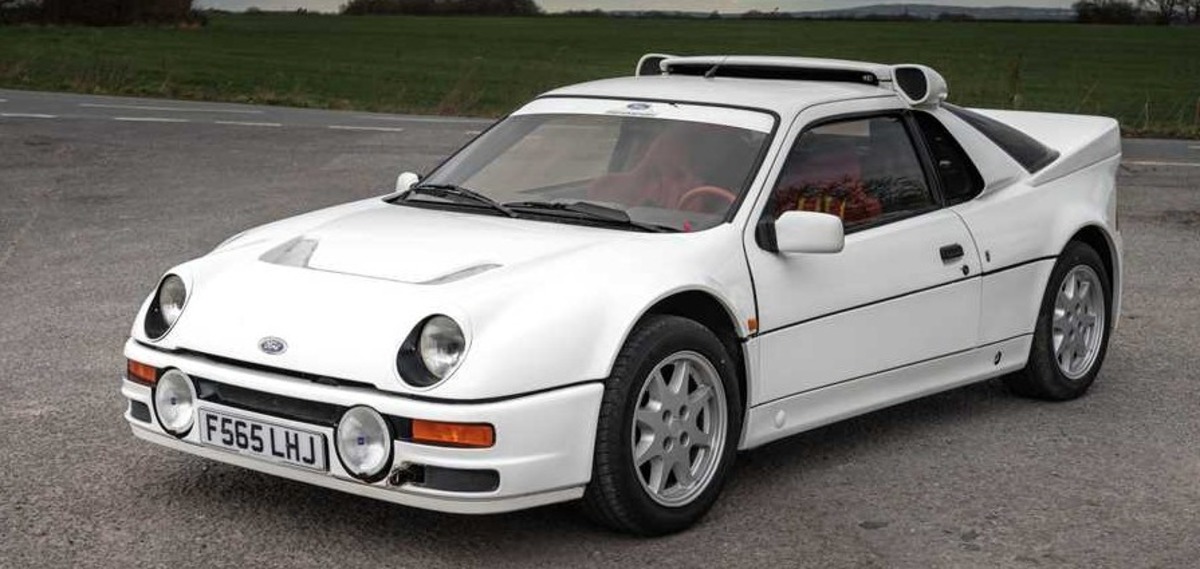
Built primarily for Group B rally racing, the RS200 lacked essential safety features required for road-legal vehicles in the U.S. Its aggressive design, focused on performance rather than everyday use, made it difficult to comply with U.S. standards.
While some enthusiasts have managed to import and register the car under show-and-display laws, allowing them to showcase the RS200 for limited use, it remains illegal for regular road use in many states.
Despite these restrictions, the RS200 remains a highly sought-after collector’s item due to its racing heritage and unique design.
9. Chevrolet Corvette ZR1 (Early Models) – California
Early versions of the Chevrolet Corvette ZR1 faced restrictions in California due to issues with excessive noise levels and emissions compliance.
The ZR1, known for its high-performance 5.7-liter V8 engine and aggressive design, was built for speed, making it difficult to meet the state’s strict environmental and noise regulations.
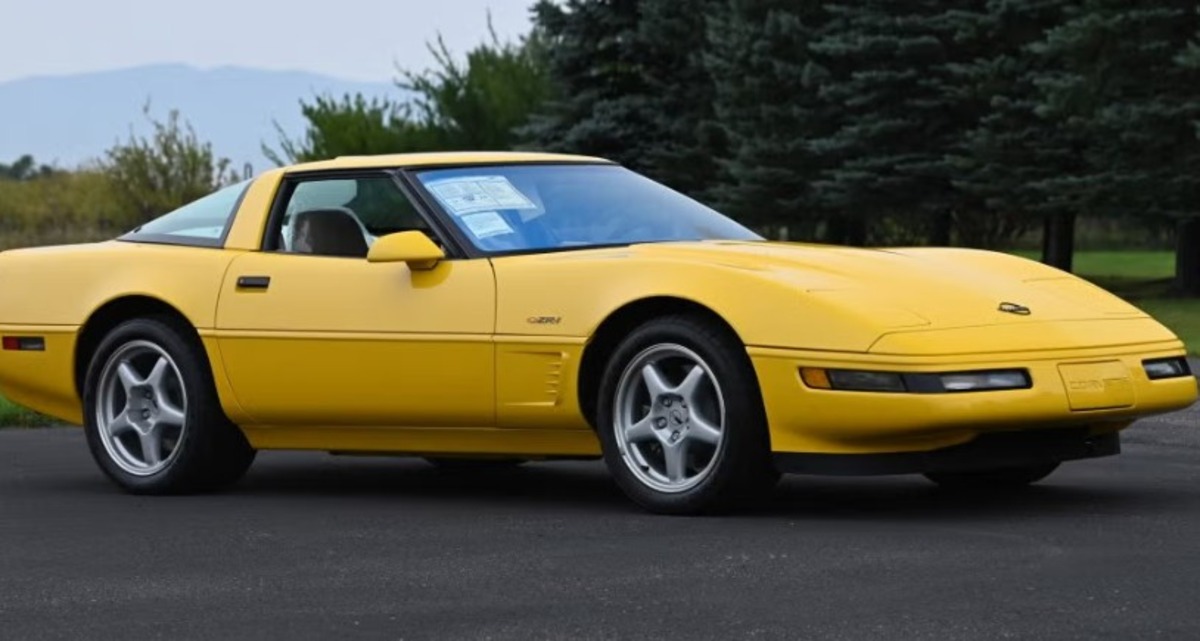
California’s Air Resources Board (CARB) sets some of the toughest emissions standards in the U.S., and the raw power of the ZR1’s engine made it challenging to comply with those standards.
Additionally, the car’s loud exhaust noise exceeded the state’s noise limits, making it difficult to register and sell in California. As a result, early ZR1 models could not be legally driven in the state.
To address these issues, later models of the ZR1 were modified to meet California’s strict regulations. Chevrolet upgraded the engine’s emissions systems and made changes to the exhaust to reduce noise levels.
These improvements allowed the Corvette ZR1 to be sold in California, making it accessible to enthusiasts in the state. Despite these early challenges, the ZR1 remains a beloved performance car known for its combination of power, speed, and engineering excellence, continuing to be a sought-after collector’s item.
10. Porsche 959 – U.S. Federal & State Bans
The Porsche 959, a groundbreaking sports car from the 1980s, was banned across the U.S., including in states like California and New York, due to its failure to meet both emissions and safety regulations.
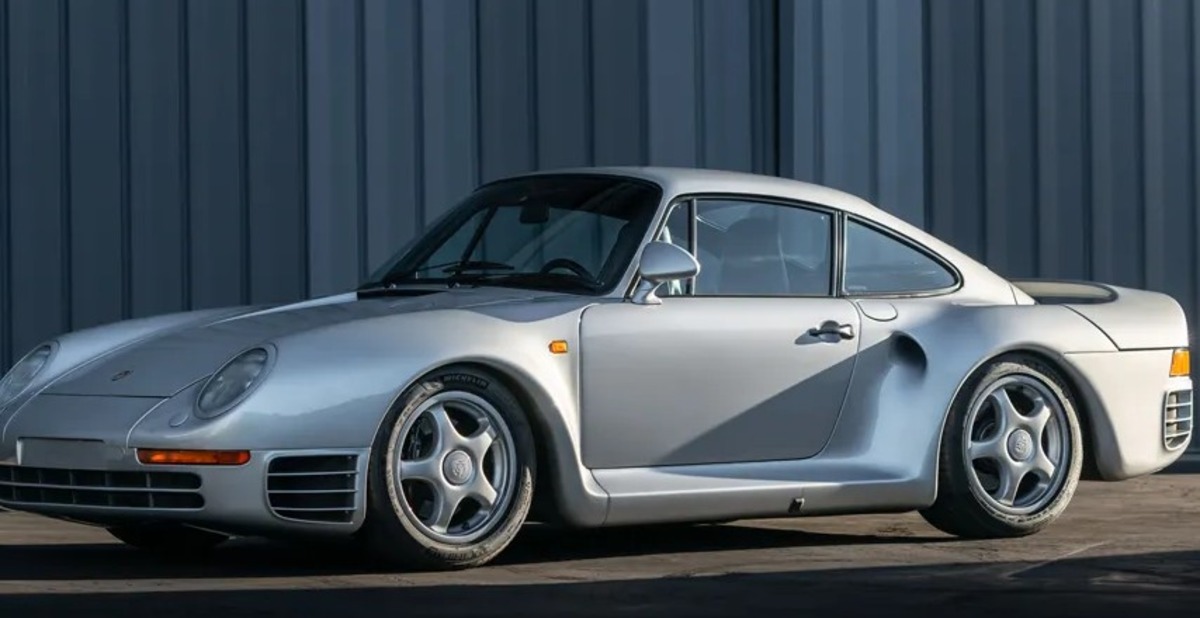
Despite being a technological marvel of its time, with advanced features like all-wheel drive and turbocharged performance, Porsche never designed the 959 to comply with U.S. standards.
As a result, the car was deemed illegal for road use in the country. California, in particular, with its stringent emissions regulations, and New York, with its safety requirements, made it impossible for the 959 to be registered or sold there.
However, some wealthy collectors, including Microsoft co-founder Bill Gates, were able to import the 959 under the Show and Display exemption. This rule allows certain cars that are not road-legal to be imported for limited use, typically for exhibition purposes or special events.
While the 959 remained out of reach for most enthusiasts, these exceptions allowed a select few to experience the car’s cutting-edge performance. Despite its limited availability, the Porsche 959 is now considered a rare and iconic collector’s item, admired for its innovation and design.
From high-performance sports cars to ultra-compact city cars, various vehicles have been banned in certain U.S. states for a range of reasons, including emissions compliance and safety concerns.
Models like the Nissan Skyline GT-R, Porsche 959, and early Chevrolet Corvette ZR1 faced restrictions due to their failure to meet stringent state regulations on emissions, safety features, or noise levels.
While some of these bans still stand, others have been lifted as regulations evolve and vehicles age into collector status.
Cars that were once considered too dangerous or too polluting to drive on public roads are now sought-after classics, with enthusiasts finding ways to import, register, or modify them to comply with modern standards.
For car enthusiasts, navigating the patchwork of state-specific laws continues to be an ongoing challenge, especially when it comes to owning and driving these unique automobiles.
As these vehicles continue to gain historical significance, their rarity and performance legacy make them valuable assets, but legal hurdles still exist in certain areas.

